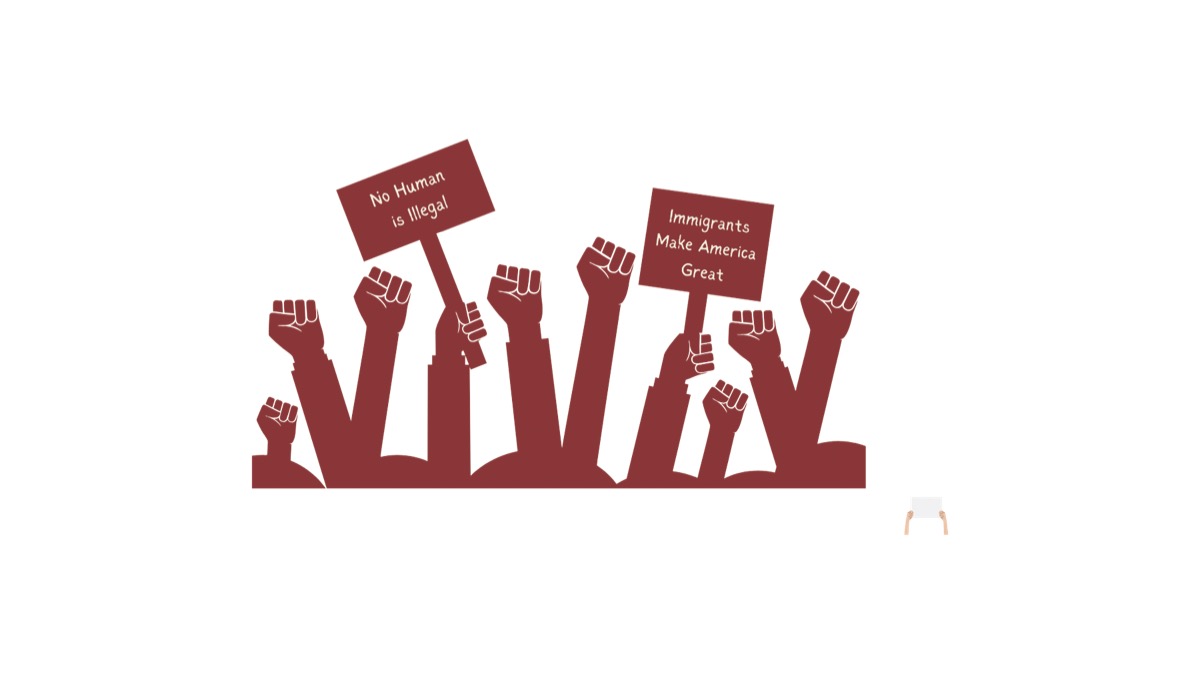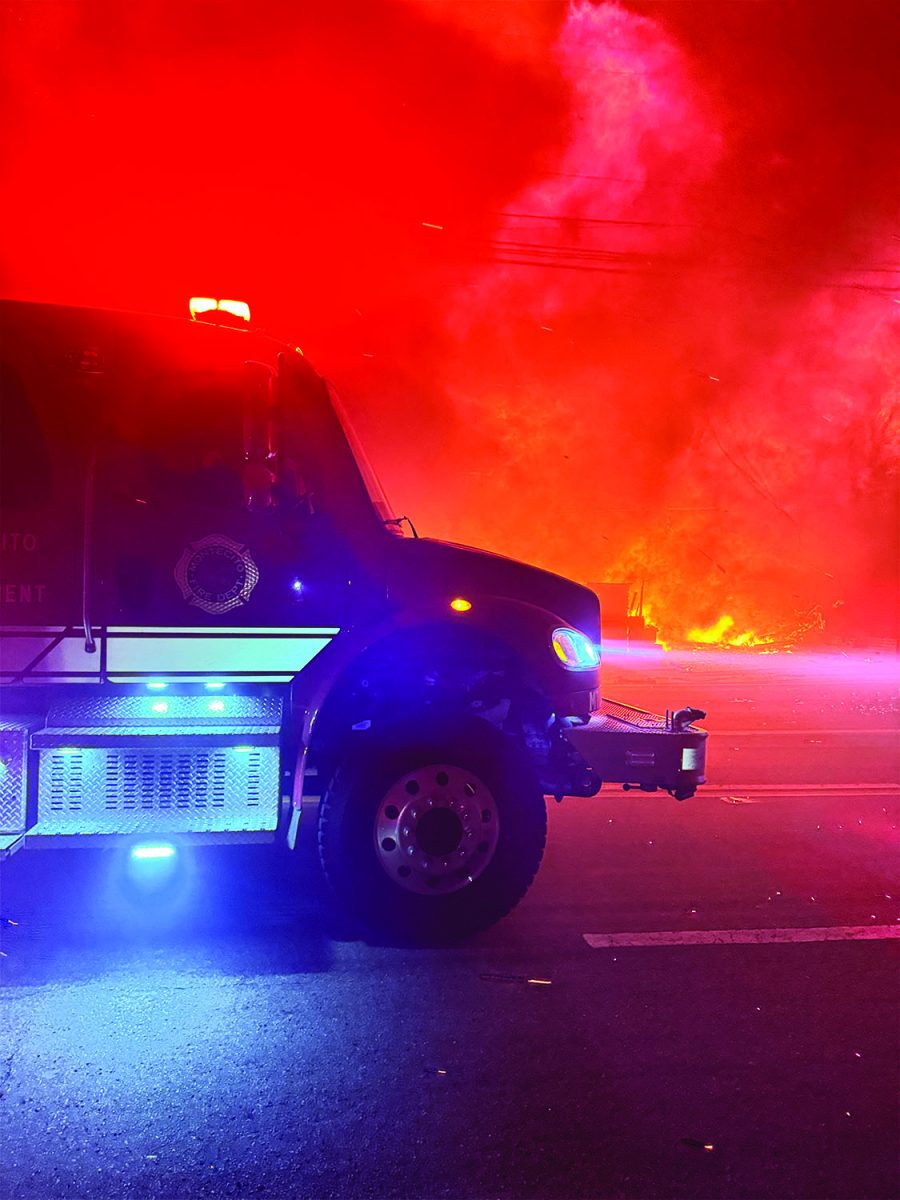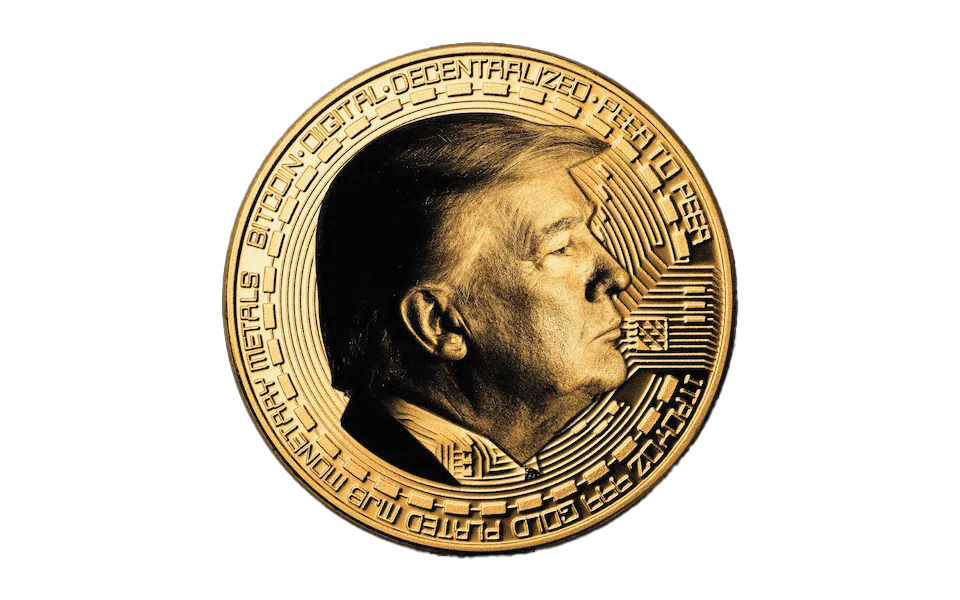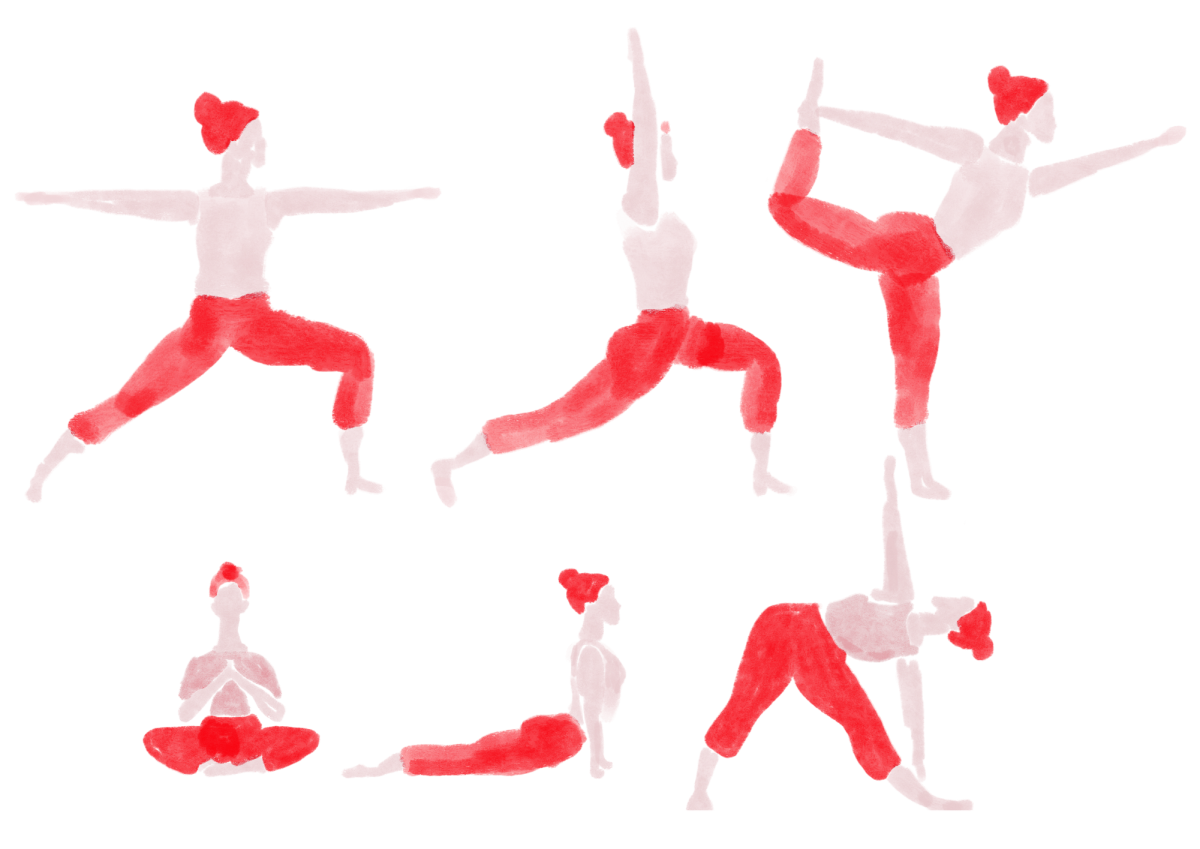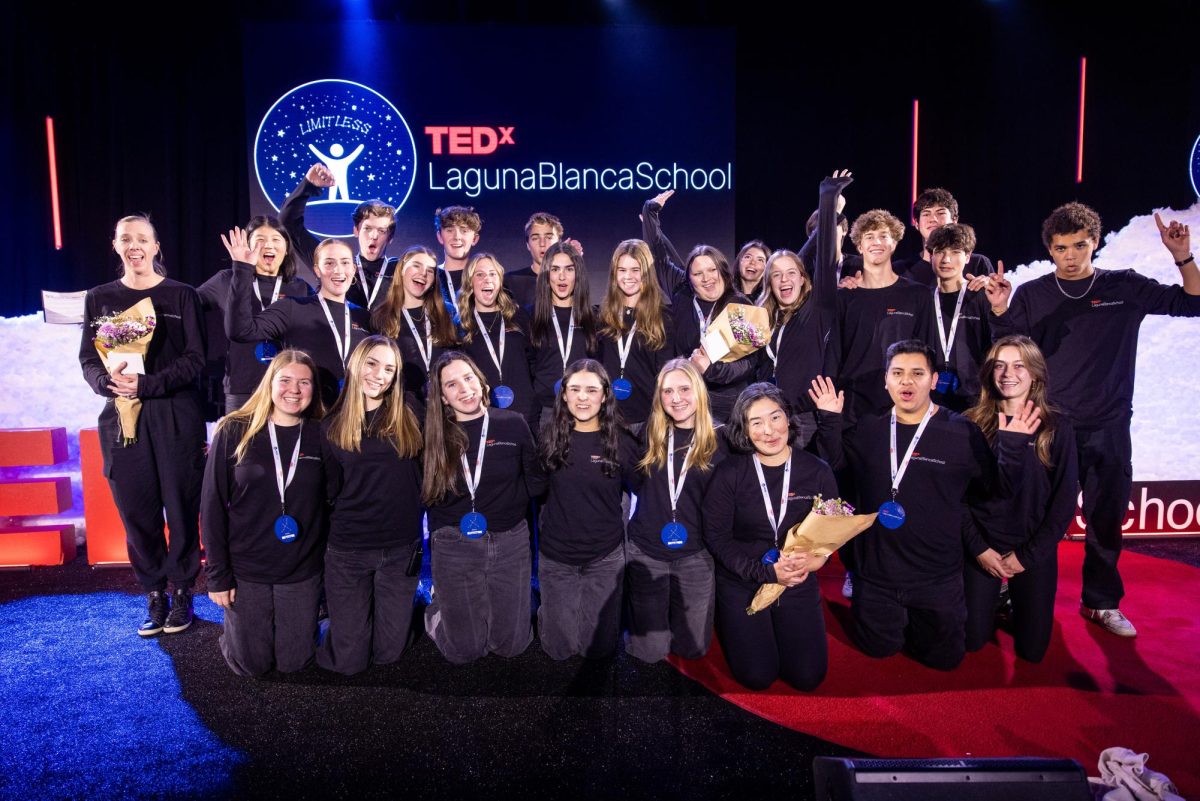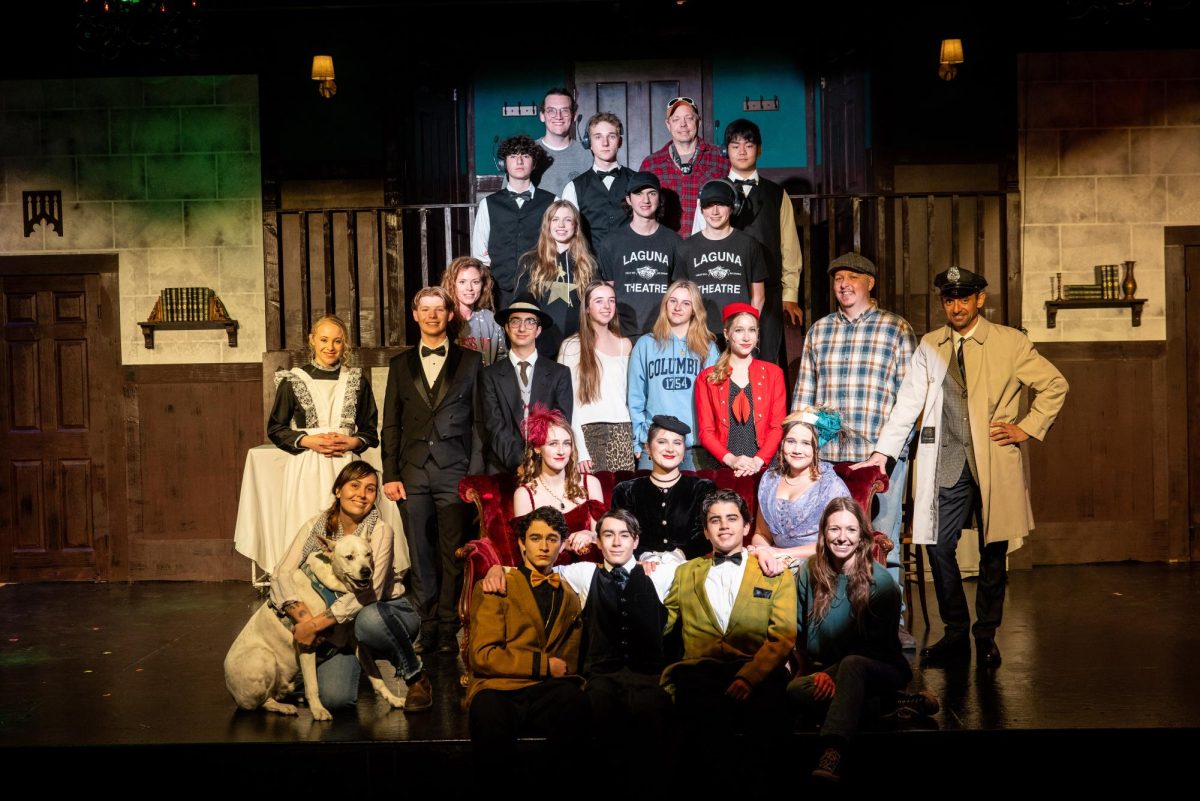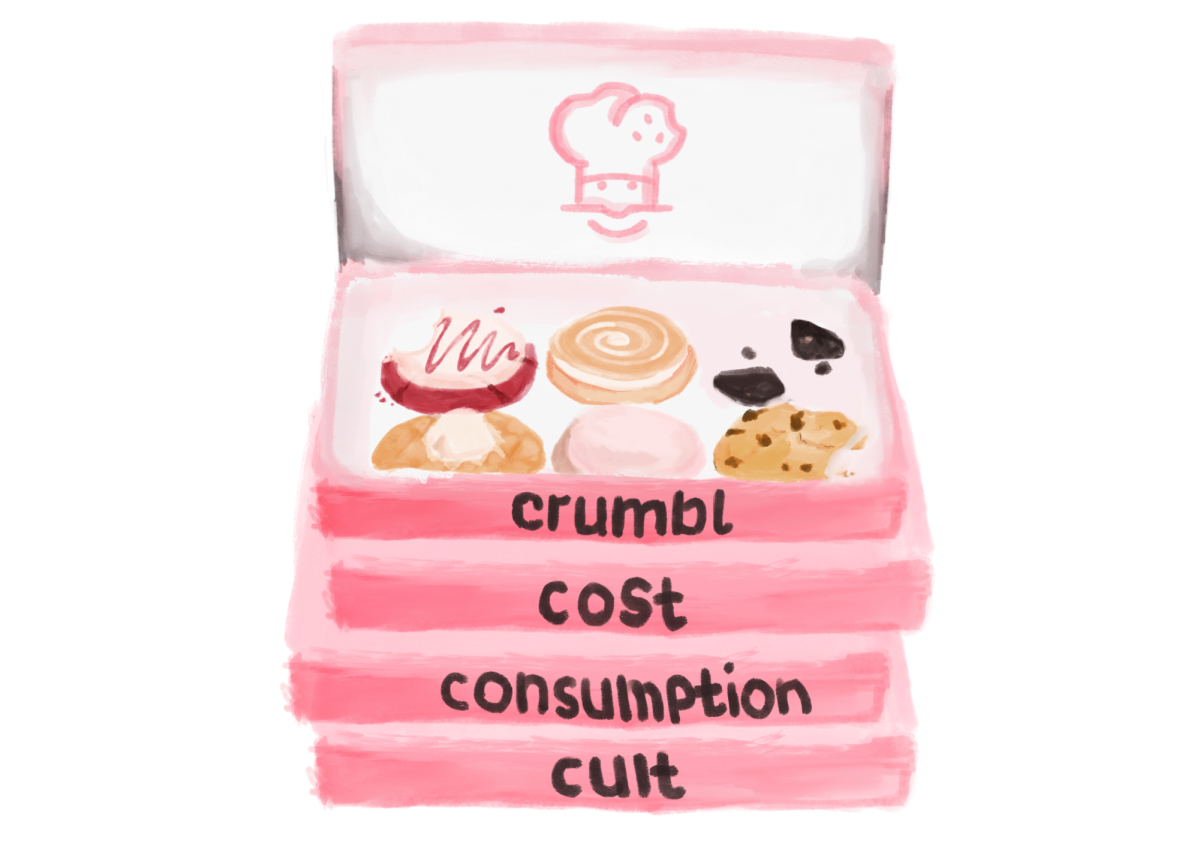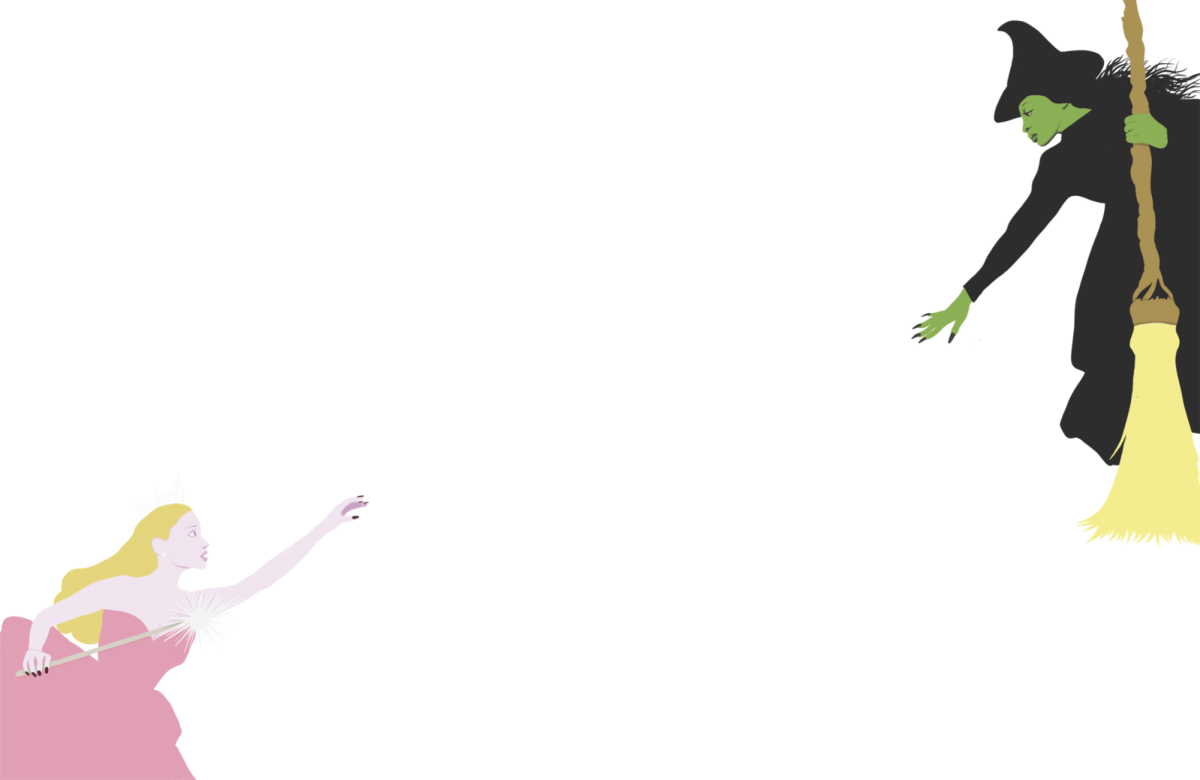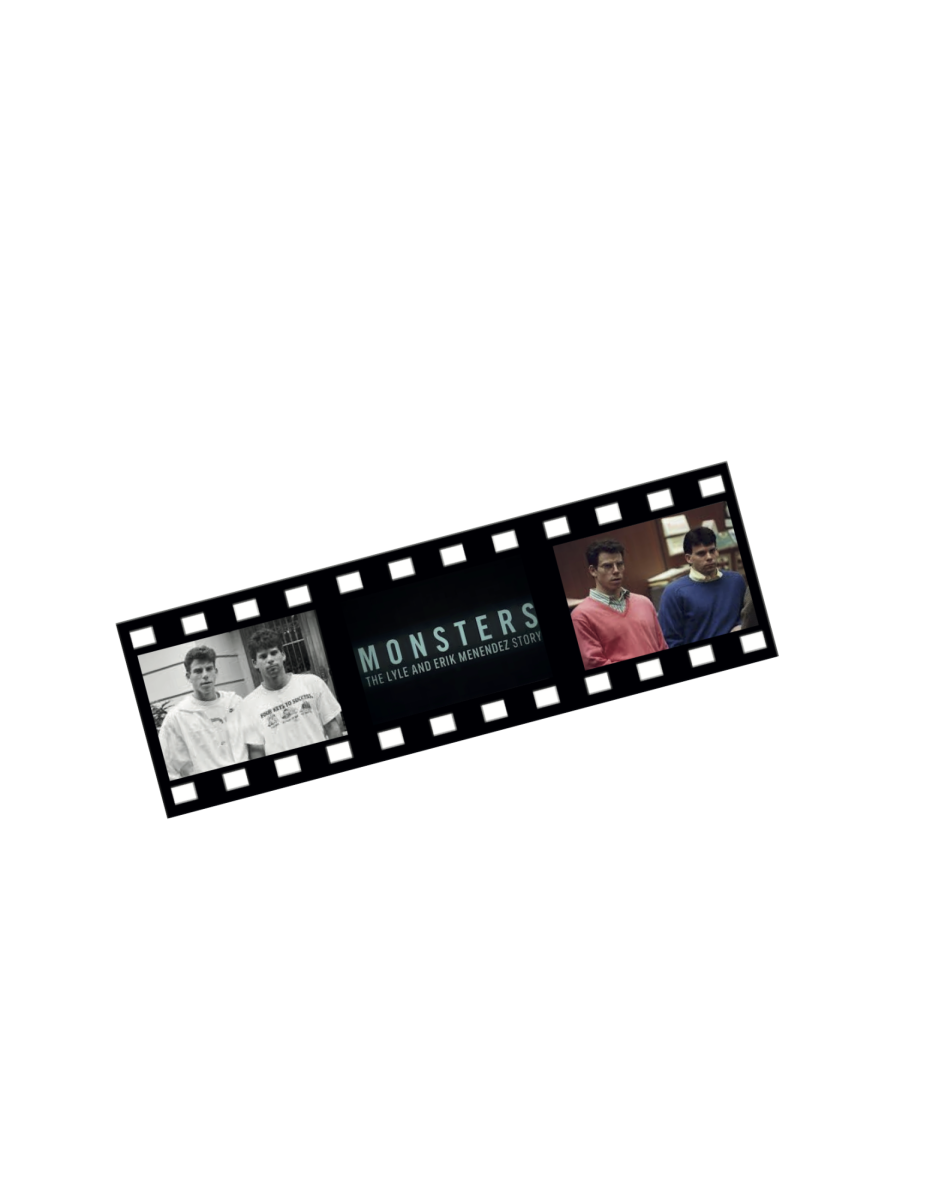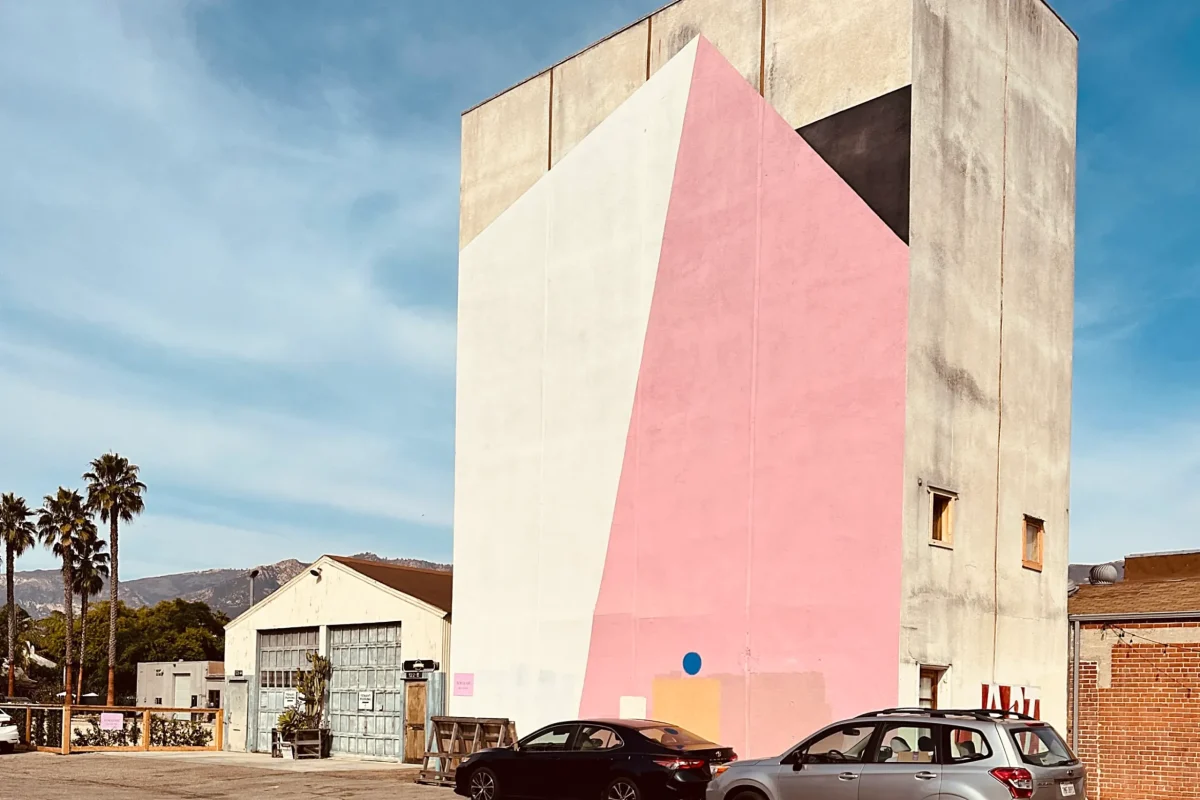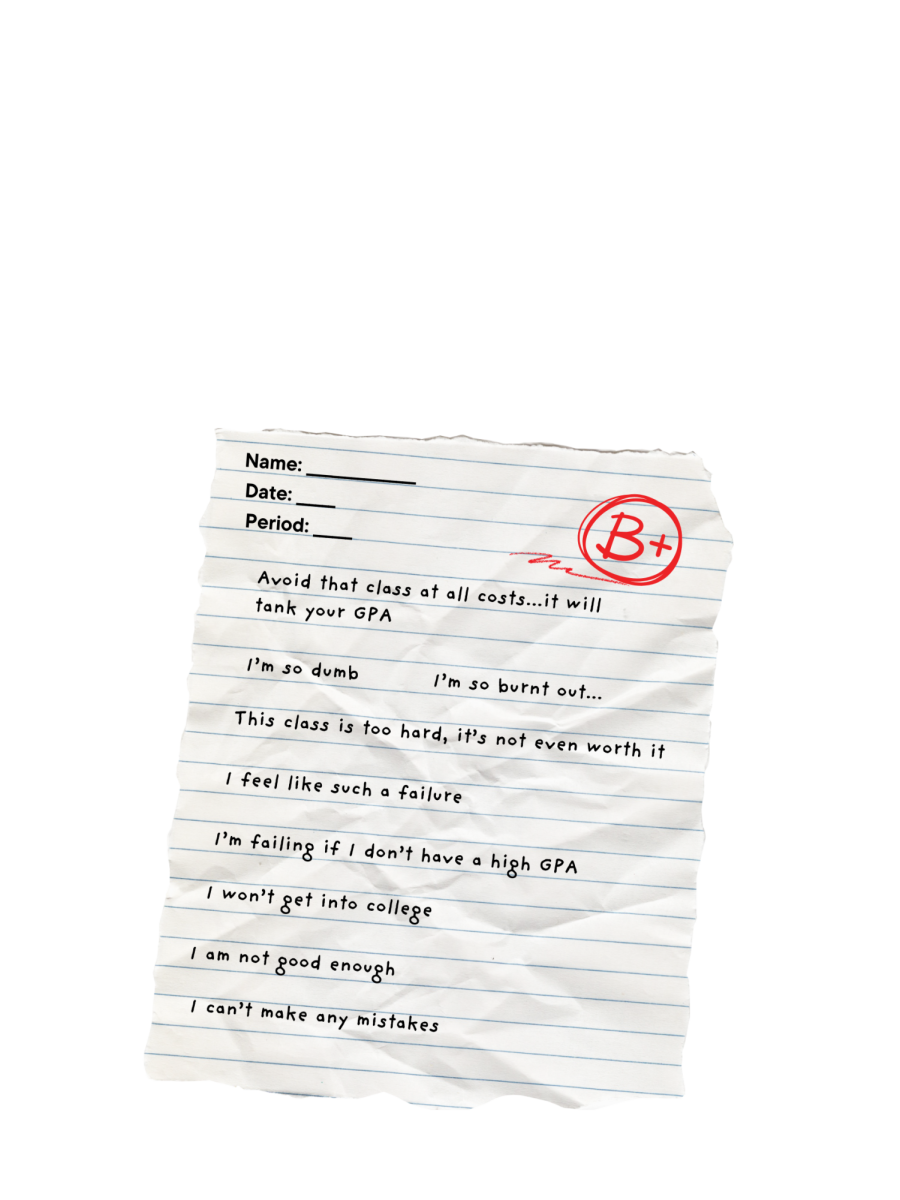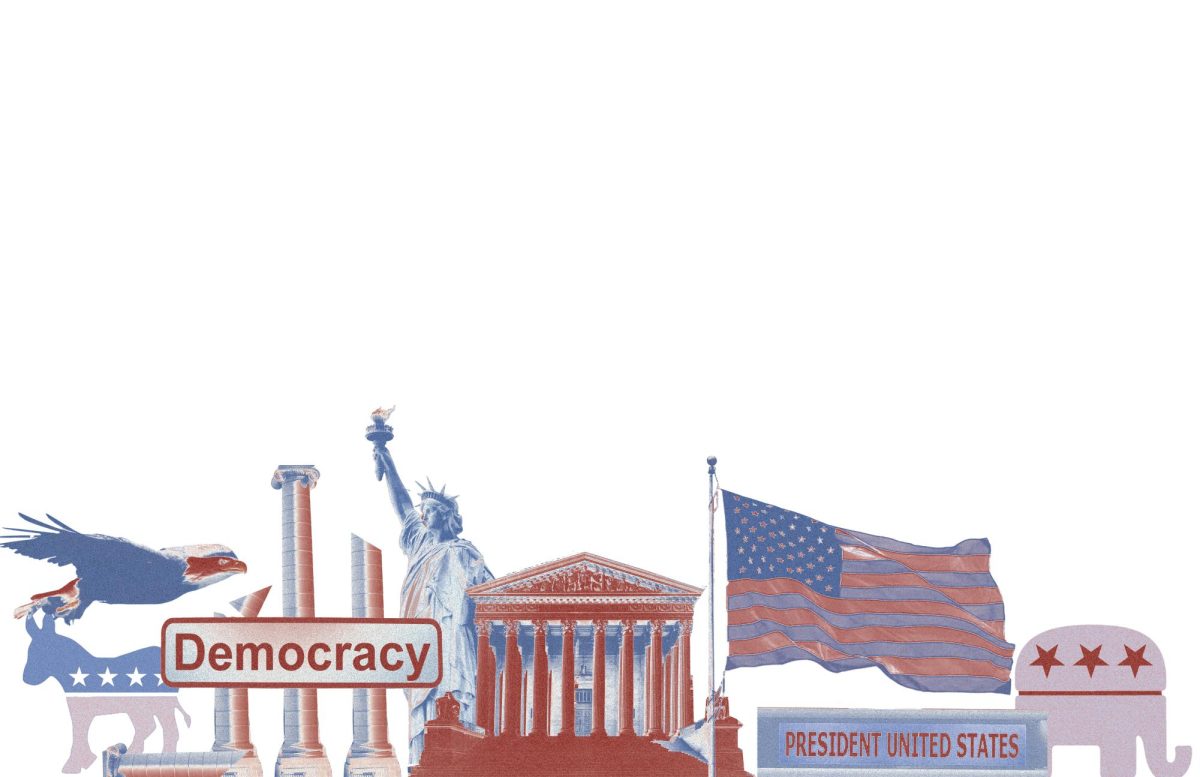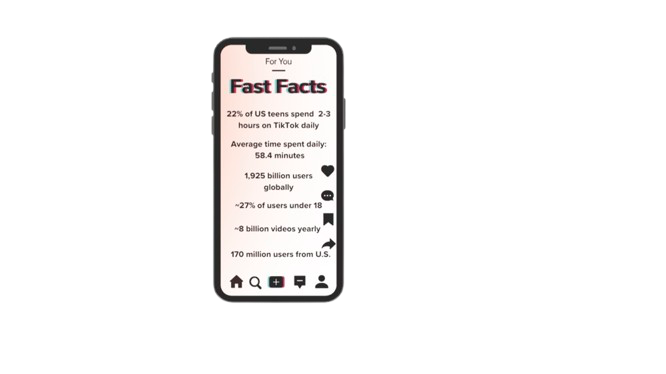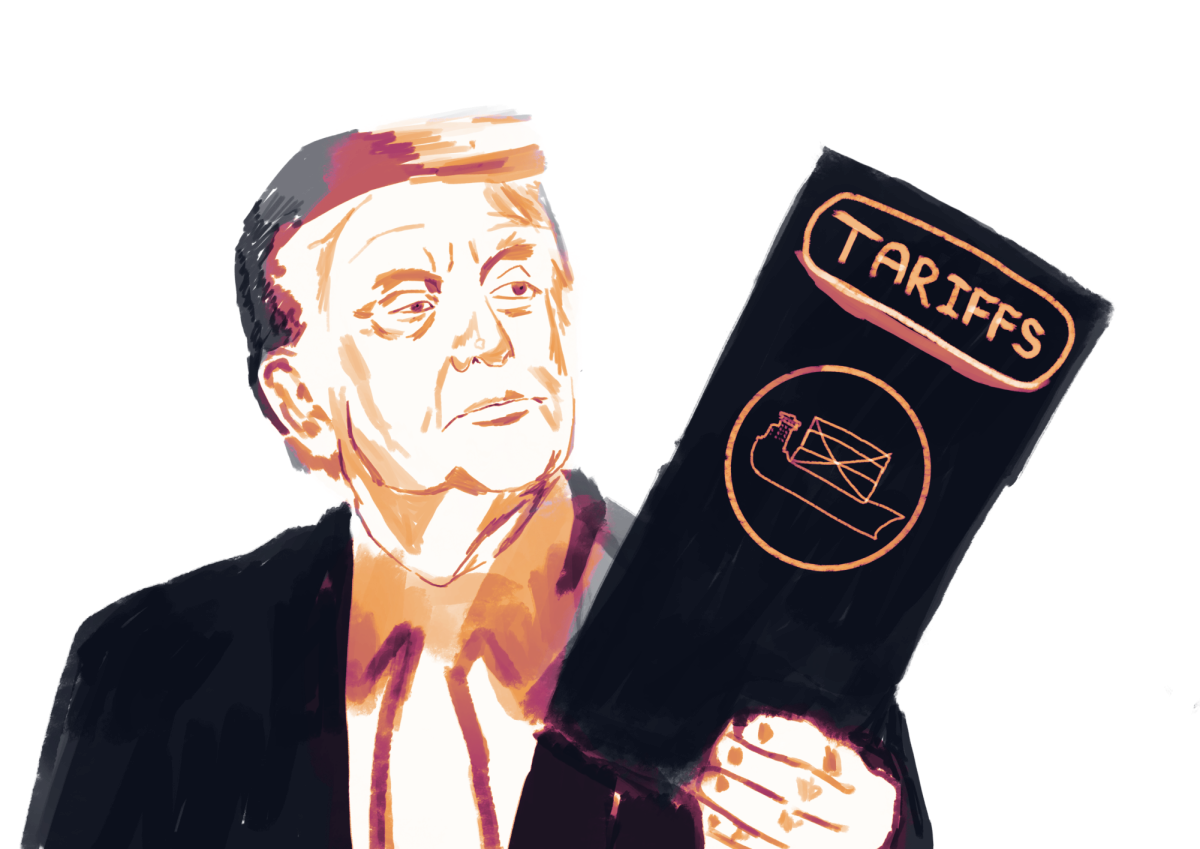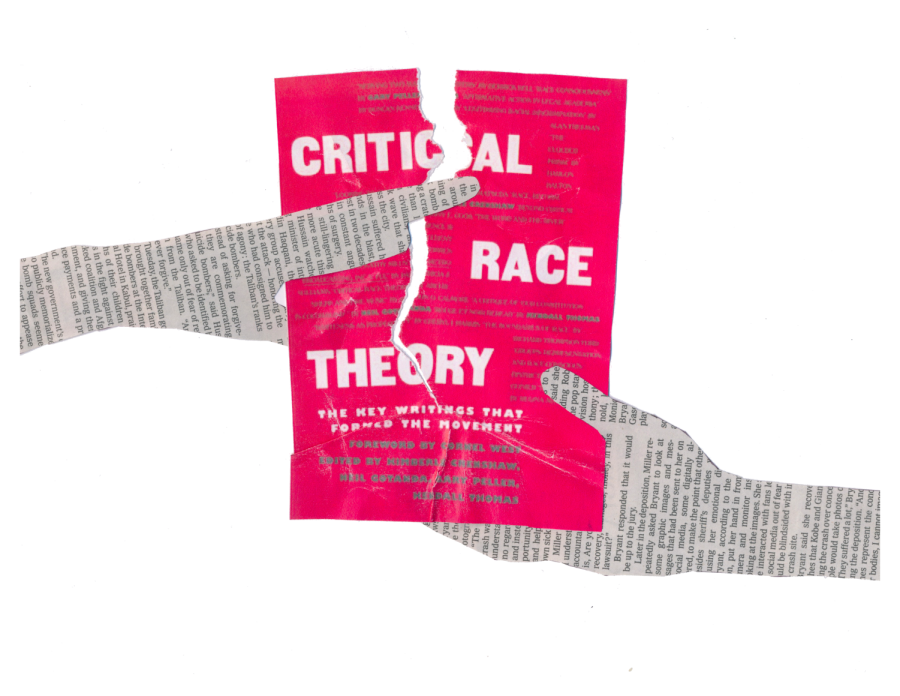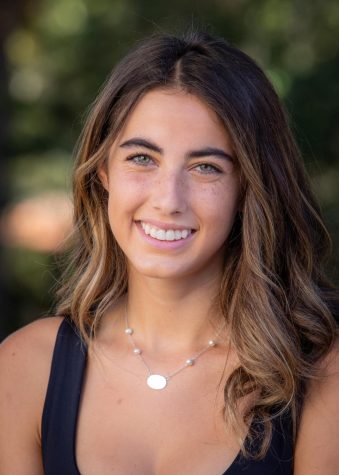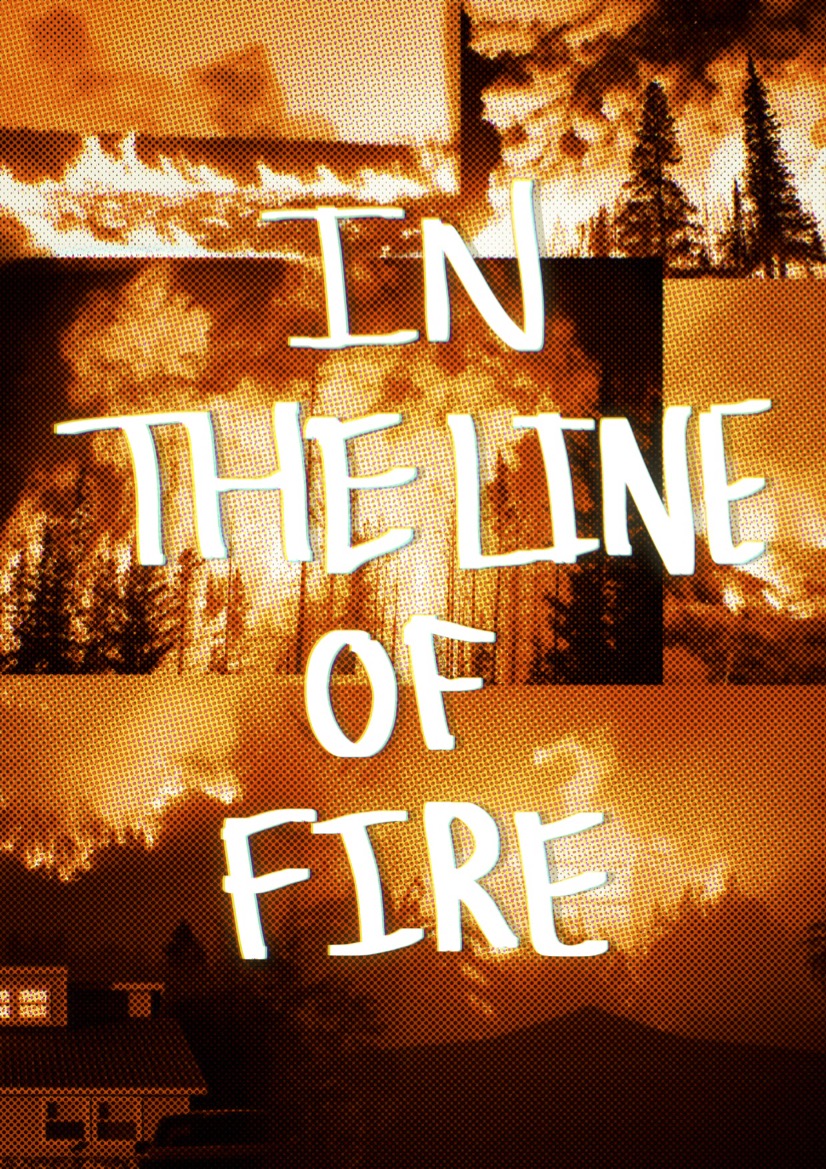Is It Critical?
Critical race theory is one of the largest debates in the academic world—is it threatening the future of education?
November 17, 2021
Only half of Laguna Blanca students can provide a definition of what critical race theory is. Nationwide, the discussion continues whether critical race theory should be taught in schools, due to the polarizing views it provokes.
To understand the reason for this contentious debate, it is important to understand what critical race theory is and the people behind the movement.
Critical race theory is an intellectual movement and concept that believes race is a social construct and that racism is immersed in legal systems and policies, not just individual prejudices and discrimination.
It critically examines the U.S. government and its pattern of race based discrimination through police activity, incarceration rates, and the judicial system.
It was founded in the mid-70’s when several American legal scholars and philosophers realized that the developments of the civil rights movement halted and in some cases were being overturned. Derrick Bell, Alan Freeman, Richard Delgado, and Kimberlee Crenshaw are some of the architects of the theory and their work is used in legal research, ethnic studies, and education.
Across the nation, there is a widespread debate on whether critical race theory should be integrated into education as it often exposes inconvenient truths and biases.
Many factors play a role in this debate; public vs private education, political climate, and the belief systems that parents, teachers, and students have.
In our community, tremendous strides are being made to educate students and parents about racial inequality and the importance of embracing culture, identity, and ethnicity.
But what has Laguna Blanca done to teach the principles of critical race theory?
“Laguna continually aims to deliver the most comprehensive, inclusive, and dynamic curriculum possible for our students. Hand-in-hand with this goal, our community strives to take ongoing, actionable steps regarding diversity, equity, inclusion, and belonging,” said Director of Curriculum Anna Alldredge.
While Laguna Blanca doesn’t offer a course labeled ‘Critical Race Theory,’ serious efforts have been made by faculty and students to create a dialogue that will allow everyone to develop their own thoughts and opinions. For example, on-campus groups such as Diversity, Equity, and Inclusion (DEI) and the Asian Student Union provide informational resources for students to engage and participate in. Not only are there channels for students to immerse themselves in diverse learning, but
also ways teachers are being included in specific training to advance the curriculum and diversify lesson plans.
DEI coordinator Ursula Chan said,
“Our teachers are getting more training on the importance of culturally responsive teaching, institutional, systemic, and structural racism with an emphasis on how it has and does show up in education, and we are actively searching for ways to improve our curriculum.”
With a focus on preparing students as best possible for life after graduation, it is important to understand that the world is not only diverse but full of complexity and varied opinions.
“We’re not trying to change what you think about. We’re just asking, let’s talk, let’s dialogue. Let’s think together critically,” said Head of Upper School Melissa Alkire.
Eight states in the United States have passed legislation to ban discussions and training about conscious and unconscious bias, privilege, discrimination, and oppression, as well as the idea that the United States is inherently racist.
One reason for the push to ban critical race studies from schools is that in some regions, parents are nervous about their children learning things that they do not have the capacity to address. “We often don’t give ourselves that permission to be a learner, whatever the identity is, whether we’re talking about gender, orientation, religion or politics, we get so worried that our capacity isn’t there,” Alkire said.
Whether a school offers “Critical Race Theory” classes or not, a common fear students and parents alike have is their lack of knowledge and inexperience studying the policies the theory preaches. For white children, critical race theory may seem especially targeted due to the nature of how the media speaks on it.
Universally, the academic understanding of critical race theory contradicts the founders first theories on the issue, and gets negatively depicted in the media.
It is shown in the media as a way to guilt-trip white people, divide racial groups, and “brainwash the younger generation.”
Therefore, there is a lot of confusion about what CRT means and what its purpose is, infiltrating the opinions of media consumers. With the frequent publicity of CRT and the “negative light” it shines on white people in America, it would seem hard for there not to be discussions at every school about it.
Another important piece of the debate is the public vs private school aspect.
“Organizationally, public schools are beholden to certain guidelines mandated at the state and national levels. This structure can lead to some curricular requirements and restrictions,” Alldredge said. Public and private schools have the resources to engage in conversation about CRT, but Alkire points out a defining characteristic public schools have.
“What is beautiful about public schools is you can get a lot of people talking right away about something… and they can push the needle on conversations in a variety of ways because it becomes so public.”
There is beauty in the freedom of private schools, too.
“Private schools have the opportunity to model future best practices regarding curriculum and experience because of… different expectations and parameters,” Chan said.
Laguna Blanca strives to inform students and faculty about society’s pressing issues, and, “with private schools there is this beauty… which is that we don’t have to have a class about critical race theory in order for students to be engaging in those conversations,” Alkire said.
“Diversity and inclusion are valued as strengths within our Laguna community, aligning with our school values and ensuring the best possible educational experience for all of our students,” Alldredge adds.
While critics might call critical race theory in education hateful, divisive, and a way to ‘teach white kids to feel bad about themselves,’ it is a principal step schools can take to educate children on society.
It does not have to be a specific class, but for schools to take small actions to work towards a more inclusive future will make a difference in the young generation in schools today.
Being able to identify acts of racism, discrimination, and implicit bias will help shape the future of American policies and ways of life. Education is the most powerful tool a young child can use, so it matters what they learn and how they will apply it out in the world.

